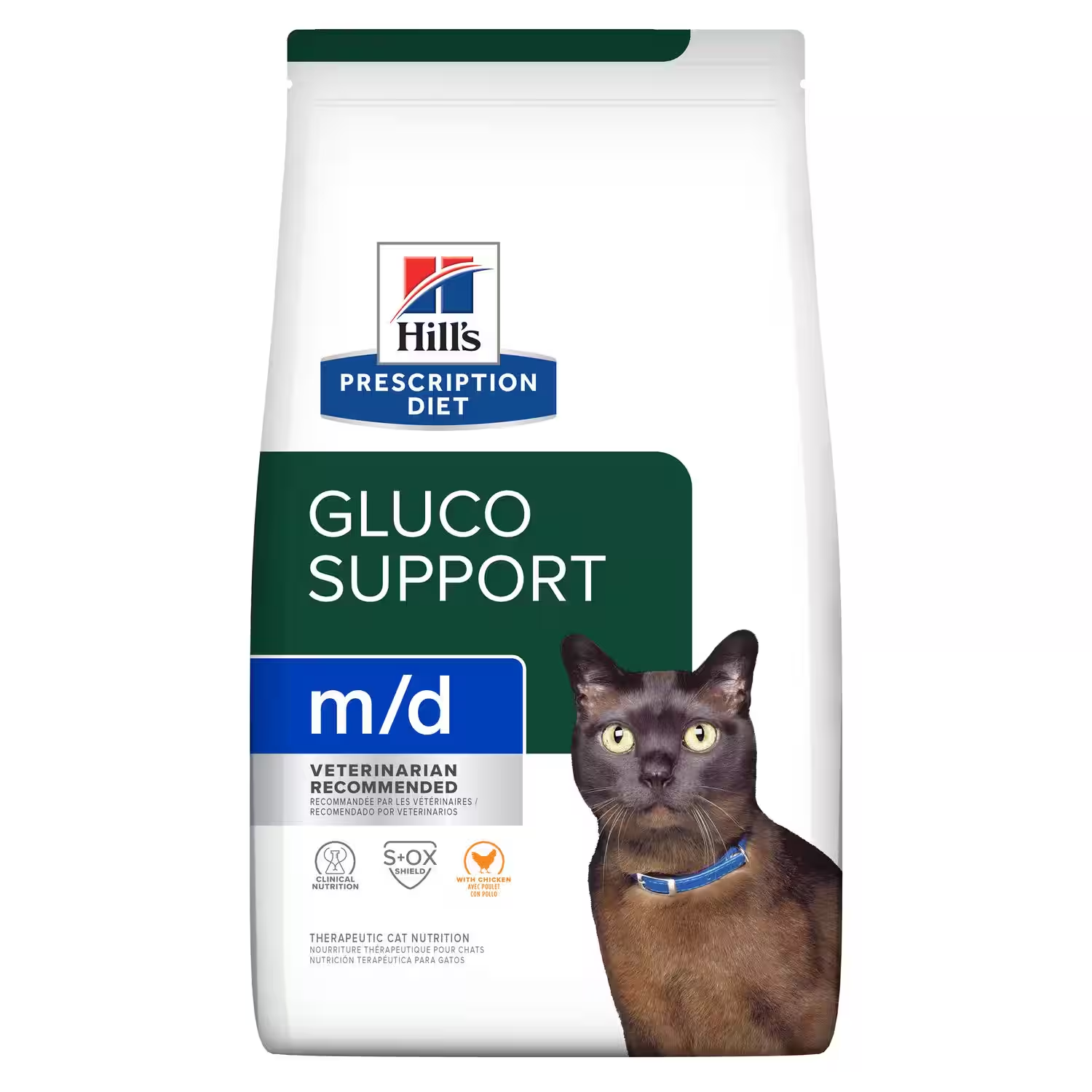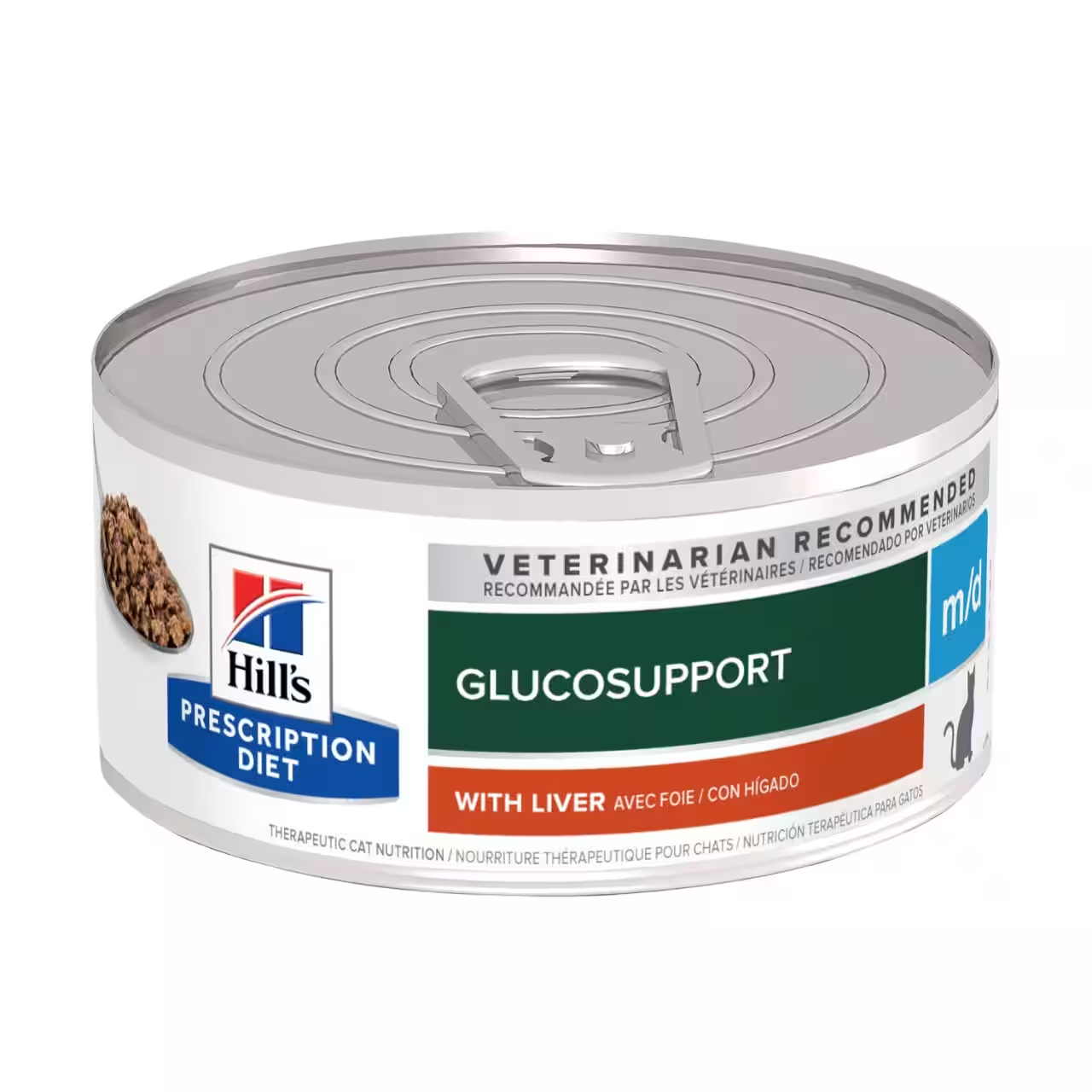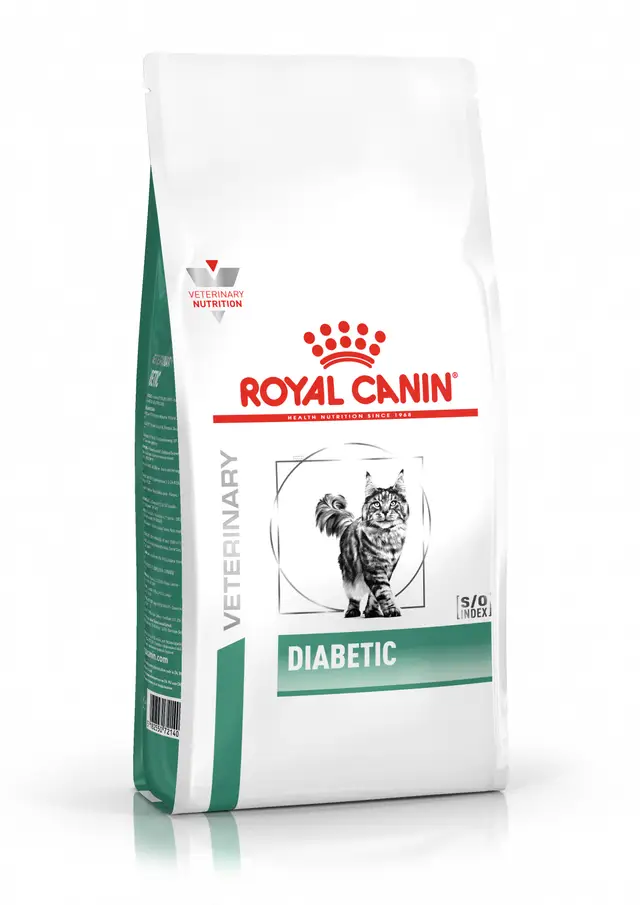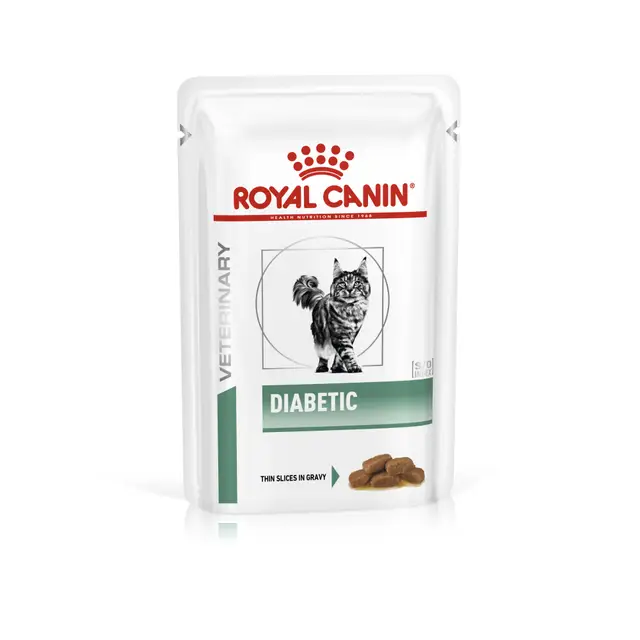How Diet Plays a Vital Role in Managing Diabetes in Cats
- Carolyn O'Brien
- Jun 10
- 6 min read
Managing feline diabetes isn’t just about insulin injections—diet plays a central role in helping control blood sugar levels, support weight loss, and even improve insulin sensitivity. In fact, in some cases, diet alone may be enough to achieve remission, particularly when diabetes is caught early.
Why Diet Matters in Diabetic Cats
When managing feline diabetes, diet is more than just an important factor—it can dramatically influence outcomes. Cats are obligate carnivores, meaning their physiology is designed for a high-protein, low-carbohydrate diet. However, many commercial cat foods—particularly dry kibble—contain significantly more carbohydrates than a cat would naturally consume. This mismatch becomes especially problematic in cats with diabetes mellitus.
Here’s what current research tells us about the role of diet in managing diabetes in cats:
1. Carbohydrates Significantly Impact Blood Glucose
Carbohydrates are rapidly converted to glucose during digestion, leading to sharp increases in blood sugar. For diabetic cats, whose insulin function is impaired, this can make glucose regulation much more difficult. A 2006 study published in the Journal of Feline Medicine and Surgery by Bennett et al. found that cats fed a high-carbohydrate diet exhibited significantly higher post-meal blood glucose levels compared to those on low-carbohydrate diets(1).
2. Low-Carb Diets Improve Blood Glucose Control and May Promote Remission
Multiple studies have shown that reducing dietary carbohydrates can improve glycemic control in diabetic cats—and, in some cases, lead to remission (1-4).
3. Protein Supports Lean Muscle and Metabolic Health
Maintaining lean body mass is especially important for diabetic cats, as muscle tissue plays a role in glucose metabolism. High-protein diets help support muscle mass, which in turn supports metabolic stability. A study published in the American Journal of Veterinary Research in 2000 by Backus et al. showed that adult cats fed high-protein diets retained more lean muscle compared to those on lower-protein diets (5).

The Ideal Diet for a Diabetic Cat
1. Low in Carbohydrates
Aim for less than 5% of calories from carbs on an as fed basis* [or <11% Dry Matter Basis (DMB)]
Most canned foods (especially therapeutic diabetic diets) fit this profile better than dry foods.
Most dry foods are 10–30%.
Avoid “grain-free” marketing gimmicks—some of these diets still contain high-carb ingredients like potatoes or peas.
2. High in Protein
A high-quality animal-based protein helps maintain muscle and supports insulin function. Look for greater than 10% on an as fed basis (or >40% DMB)
Cats on high-protein, low-carb diets often show better glucose control.
3. Moderate Fat
Fat content varies, but most diabetic-friendly foods are moderate to high in fat, as this provides energy without spiking glucose.
*Figuring out the carbohydrate content of cat food can be tricky, especially since it's not usually listed on the label. But you can estimate it pretty accurately using the information on the guaranteed analysis panel. Here’s how to do it:
|
Wet vs. Dry Food: Is Wet Better?
In most cases, yes. Canned (wet) food tends to:
Be lower in carbohydrates
Offer better hydration (important for cats with concurrent kidney disease or urinary issues)
Be more satisfying, which helps with weight management
If your cat will only eat dry food, speak to us about prescription diabetic dry foods, which are formulated to be lower in carbs than standard kibble.
Prescription vs. Commercial Diets
There are prescription diabetic diets that are specifically designed for diabetic cats. However, many non-prescription grain-free canned foods can also work well.
The key is reading labels and evaluating the actual nutrient breakdown, not just marketing terms.
Recommended Prescription Diets:
Hill's Prescription Diet m/d Gluco Support Wet and Dry food
Royal Canin Diabetic Wet and Dry
Purina Proplan DM Wets and Dry food
Suitable Commercial Cat Foods:
Pet Shop Brands:
Ziwipeak - Air-dried varieties, Freeze dried boosters. Although the wet varieties of Ziwipeak are high in protein, their carbohydrate content is higher than is ideal for cats with diabetes
Feline Natural - Chicken and Lamb Feast Pouch, Lamb and King Salmon Feast Pouch, Hoki and Beef Feast Pouch, Beef Feast Canned, Lamb Feast Canned, Chicken Feast Canned, Lamb and King Salmon Feast Canned, Chicken and Lamb Feast Canned, Chicken and Venison Feast Canned, Freeze dried varieties
Absolute Holistic - Raw Stew Chicken and Salmon Canned, Raw Stew Chicken and Lobster Canned, Raw Stew Chicken and Shellfish Canned, Raw Stew Chicken and Fish Roe.
Tikicat - After Dark Range (except Shreds and Soft Pate varieties), Luau Range, Grill Range
Weruva - Truluxe Peking Ducken (Chicken and Duck in Gravy), Truluxe Mediterranean Harvest (Tuna and Veges in Gravy) Truluxe Steak Frites (Beef and Pumpkin in Gravy), TruLuxe Pretty in Pink (Salmon in Gravy), Cats in The Kitchen Duck And Tuna Pouches, Cats in the Kitchen Meowiss Bueller Chicken & Lamb, Cats in the Kitchen Mack Jack and Sam, Mack & Jack Mackerel & Grilled Skipjack in Gravy, Chicken Frick 'A Zee, Press Your Lunch Classic Cat Pate Chicken, Mideast Feast Grilled Tilapia in Gravy,
Michu - Rainbow Mousse Chicken With Spinach And Salmon
Open Farm - Homestead Turkey Rustic Blend, Wild-Caught Salmon Rustic Blend,
Reveal - (complementary feeding only) Varieties in Broth.

Supermarket Brands:
Fancy Feast - Classic Chicken Feast, Classic Turkey & Giblets Feast, Classic Tender Beef Feast, Classic Tender Liver & Chicken Feast, Classic Cod, Sole & Shrimp Feast, Classic Ocean Whitefish & Tuna Feast, Classic Savory Salmon Feast, Classic Tender Beef & Liver Feast, Classic Chopped Grill Feast, Classic Seafood Feast
Applaws - also in some pet shops (complementary feeding only, as all varieties are very low in calories) - Tuna Fillet in Jelly, Tuna Fillet in Broth, Tuna Fillet with Seaweed in Broth, Chicken Breast in Broth, Tuna Fillet with Sea Bream in Broth, Tuna with Mackerel in Jelly, Tuna Fillet with Salmon in Broth, Ocean Fish in Borth, Tuna Fillet with Anchovy in Broth, Chicken Breast with Duck in Broth, Tuna Fillet and Crab Recipe in Broth.
Weight Loss: A Critical Goal
Many diabetic cats are overweight, which worsens insulin resistance. A controlled calorie reduction alongside a high-protein, low-carb diet can:
Improve insulin sensitivity
Reduce insulin requirements
In some cases, lead to diabetic remission
Weight loss should be slow and steady (no more than 1–2% of body weight per week), under veterinary guidance.
Tips for Feeding a Diabetic Cat
Feed consistent meals at the same times daily, especially if insulin is being administered.
Avoid free-feeding dry food, which can lead to unpredictable blood sugar swings.
Watch treats—many cat treats are carb-heavy. Stick to freeze-dried meat or high-protein options.
Measure food accurately, and weigh your cat regularly to track progress.

Can Diet Alone Reverse Diabetes in Cats?
In some cats—particularly those newly diagnosed and only mildly affected—diet alone may be enough to bring diabetes into remission. Even when insulin is needed, proper dietary management can significantly reduce the dose and improve long-term control.
Conclusion
Feeding your diabetic cat the right diet is one of the most powerful tools you have to manage the disease. With the right food, many cats not only live longer but feel better, too.
As always, make sure you check in with one of our vets before making any diet changes, especially if your cat is already on insulin or has other health conditions like kidney disease or pancreatitis.
References:
Bennett, N., Greco, D. S., Peterson, M. E., Kirk, C., Mathes, M., & Fettman, M. J. (2006). Comparison of a low carbohydrate–low fiber diet and a moderate carbohydrate–high fiber diet in the management of feline diabetes mellitus. Journal of Feline Medicine and Surgery, 8(2), 73-84.
Boari, A., Aste, G., Rocconi, F., Dalessandri, A., & Vita, S. (2008). Glargine insulin and high-protein-low-carbohydrate diet in cats with diabetes mellitus. Veterinary Research Communications, 32(Suppl 1), S243–S245. doi: 10.1007/s11259-008-9119-x
Zoran, D. L., & Rand, J. S. (2013). The role of diet in the prevention and management of feline diabetes. Veterinary Clinics of North America: Small Animal Practice, 43(2), 233–243. doi: 10.1016/j.cvsm.2012.11.004
Sparkes, A. H., Cannon, M., Church, D., Fleeman, L., Harvey, A., Hoenig, M., Peterson, M. E., Reusch, C. E., Taylor, S., Rosenberg, D., & ISFM. (2015). ISFM consensus guidelines on the practical management of diabetes mellitus in cats. Journal of Feline Medicine and Surgery, 17(3), 235–250. doi: 10.1177/109812X15571880
Backus, R. C., Havel, P. J., Gingerich, R. L., & Rogers, Q. R. (2000). Relationship between serum leptin immunoreactivity and body fat mass as estimated by use of a novel gas-phase Fourier transform infrared spectroscopy deuterium dilution method in cats. American Journal of Veterinary Research, 61(7), 796-801.








